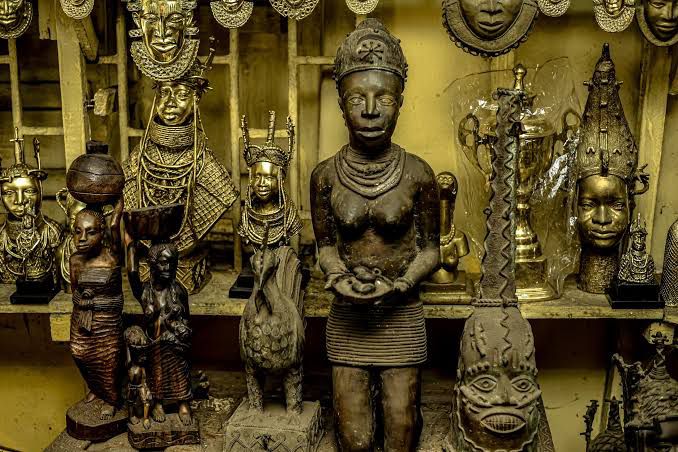
The Asemota
Legacy
From the royal courts of ancient Benin to modern times—a noble bloodline of warriors, leaders, and visionaries
Explore the Asemota Legacy
Discover the rich history and connections of the Asemota family through our interactive experiences
Family Tree
Interactive genealogy explorer
Navigate through generations of the Asemota family with our interactive tree interface featuring detailed member profiles.
View Family TreeFamily History
Journey through time
Experience the epic story of the Asemota dynasty from the Ezomo era to modern times in an interactive timeline.
Explore HistoryRelationships
Discover family connections
Find out how any two family members are related through our interactive relationship finder tool.
Find RelationshipsFamily News
Latest updates & events
Stay informed with the latest news, events, and announcements from the Asemota family community.
Read NewsOur Heritage
The Asemota family traces its noble lineage to the legendary Ezomo dynasty of ancient Benin, beginning with Ezomo n' Ehennua around 1713 A.D. Our family salutation “Lagiesan” echoes this royal heritage, connecting us to the great warrior chiefs who served the Obas of Benin.
From Ehennua, the first hereditary Ezomo who conquered vast territories and earned his place among the seven kingmakers of Benin, to our ancestor Chief Asemota (titled “Obamagiagbon Rhia”), who served as standard bearer to Oba Eweka II and became the Eson in 1930—our bloodline carries the legacy of leadership, courage, and unwavering loyalty to the crown.
The name Asemota itself, meaning “may goodness follow me to the end,” was refined by Senator Dalton Asemota, the first African manager of UAC and first Senator from Edo-South, whose vision brought our family name to international recognition while preserving its spiritual significance.
Today, we are proud descendants of this illustrious heritage—warriors, leaders, and visionaries who have shaped Nigerian history. Each generation continues to honor the values of excellence, integrity, and service that have defined the Asemota legacy for over three centuries.